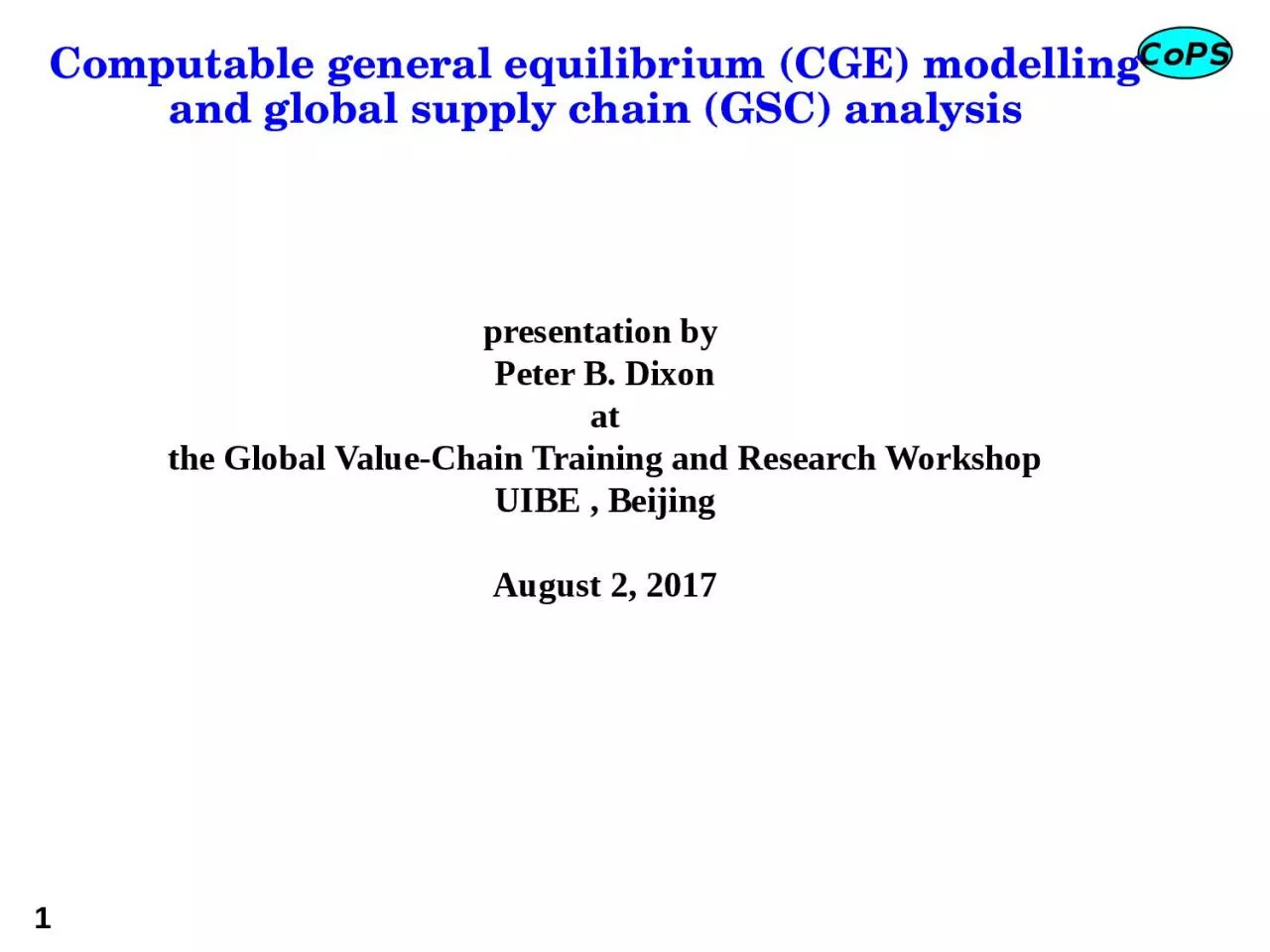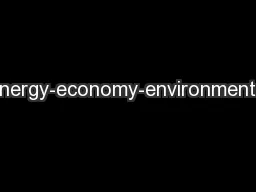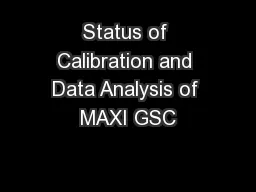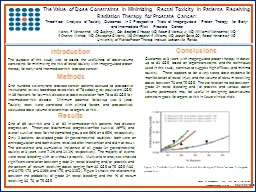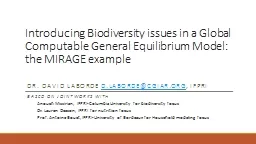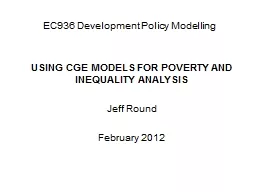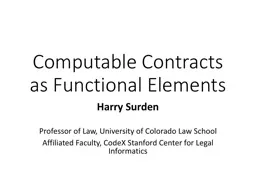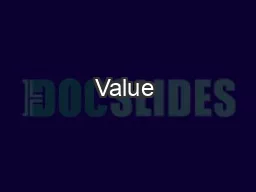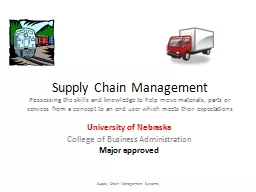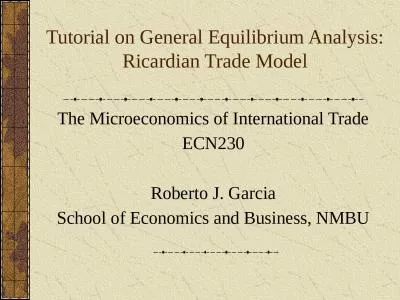PPT-Computable general equilibrium (CGE) modelling and global supply chain (GSC) analysis
Author : susan2 | Published Date : 2023-09-24
presentation by Peter B Dixon at the Global ValueChain Training and Research Workshop UIBE Beijing August 2 2017 Topics Inputoutput economics the foundation
Presentation Embed Code
Download Presentation
Download Presentation The PPT/PDF document "Computable general equilibrium (CGE) mod..." is the property of its rightful owner. Permission is granted to download and print the materials on this website for personal, non-commercial use only, and to display it on your personal computer provided you do not modify the materials and that you retain all copyright notices contained in the materials. By downloading content from our website, you accept the terms of this agreement.
Computable general equilibrium (CGE) modelling and global supply chain (GSC) analysis: Transcript
Download Rules Of Document
"Computable general equilibrium (CGE) modelling and global supply chain (GSC) analysis"The content belongs to its owner. You may download and print it for personal use, without modification, and keep all copyright notices. By downloading, you agree to these terms.
Related Documents

